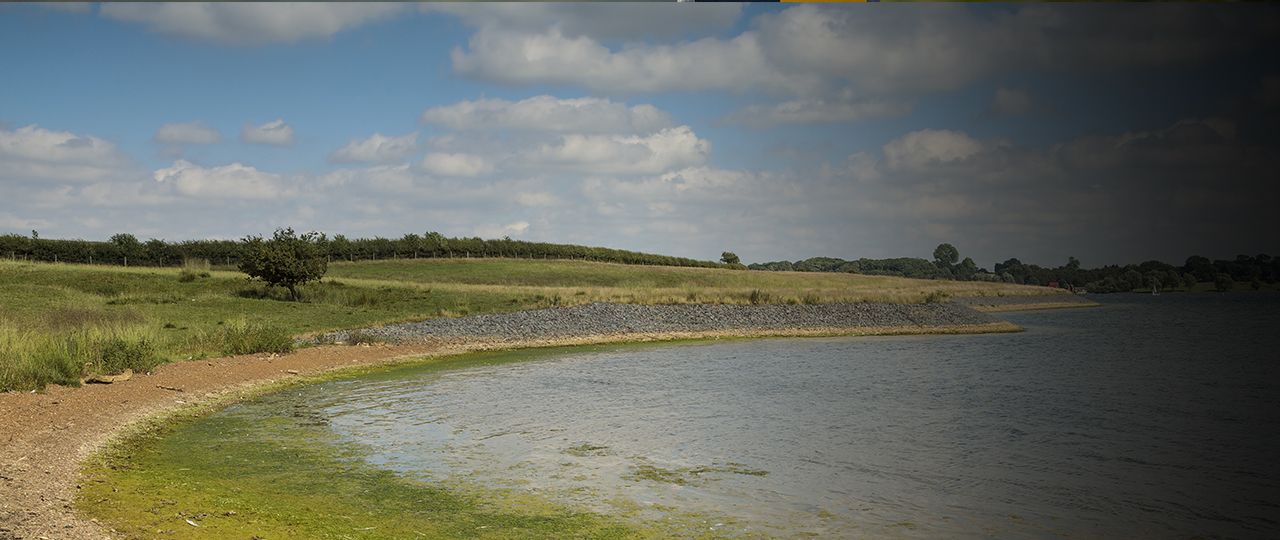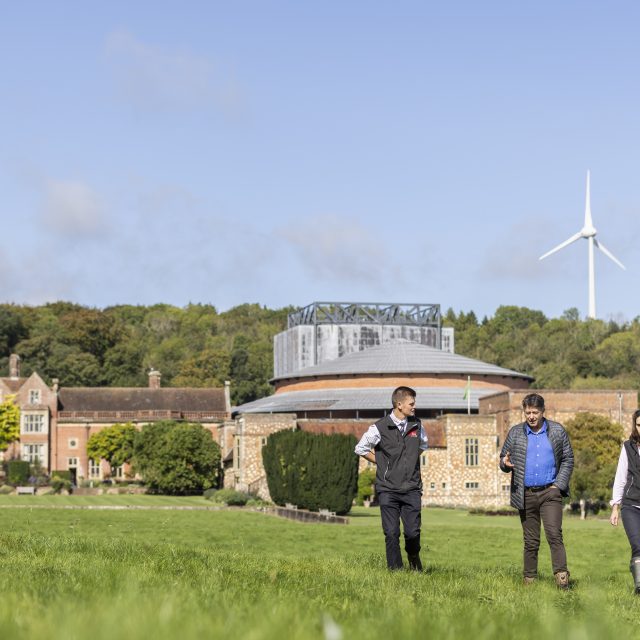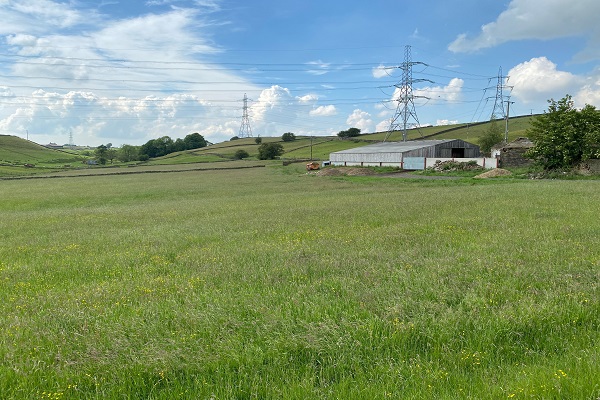Regular checks required for on-farm reservoirs
This summer’s Whaley Bridge dam emergency in Derbyshire highlights the importance of regular checks on any on-farm reservoirs and dams.
Landowners and farmers should be aware of their responsibilities in terms of managing reservoirs from a safety perspective.
Landowners and occupiers with an on-farm reservoir of a capacity greater than 25,000 cubic metres must comply with the Reservoir Act 1975, which means it must be regularly inspected by a qualified civil engineer – known as a panel engineer.
The inspecting engineer will identify any safety measures that need to be carried out, and set a deadline within which they must be carried out. They will also certify that the recommended safety measures have been implemented.
Reservoirs that are smaller than the limit should also be regularly inspected for any signs of erosion.
While this is not a legal requirement, you are still likely to be liable if a smaller reservoir fails and are you are unable to demonstrate that you have taken reasonable steps to maintain it. So it is sensible to inspect for any signs of damage and if in doubt arrange for an engineer’s inspection.
Reservoirs greater than 25,000 cubic metres in capacity, the equivalent of 10 Olympic swimming pools, must also be registered with the Environment Agency as either an impounding or non-impounding reservoir.
An impounding reservoir is one formed by blocking the natural flow of a river or drainage from an area, while a non-impounding one is filled by pumping water.






